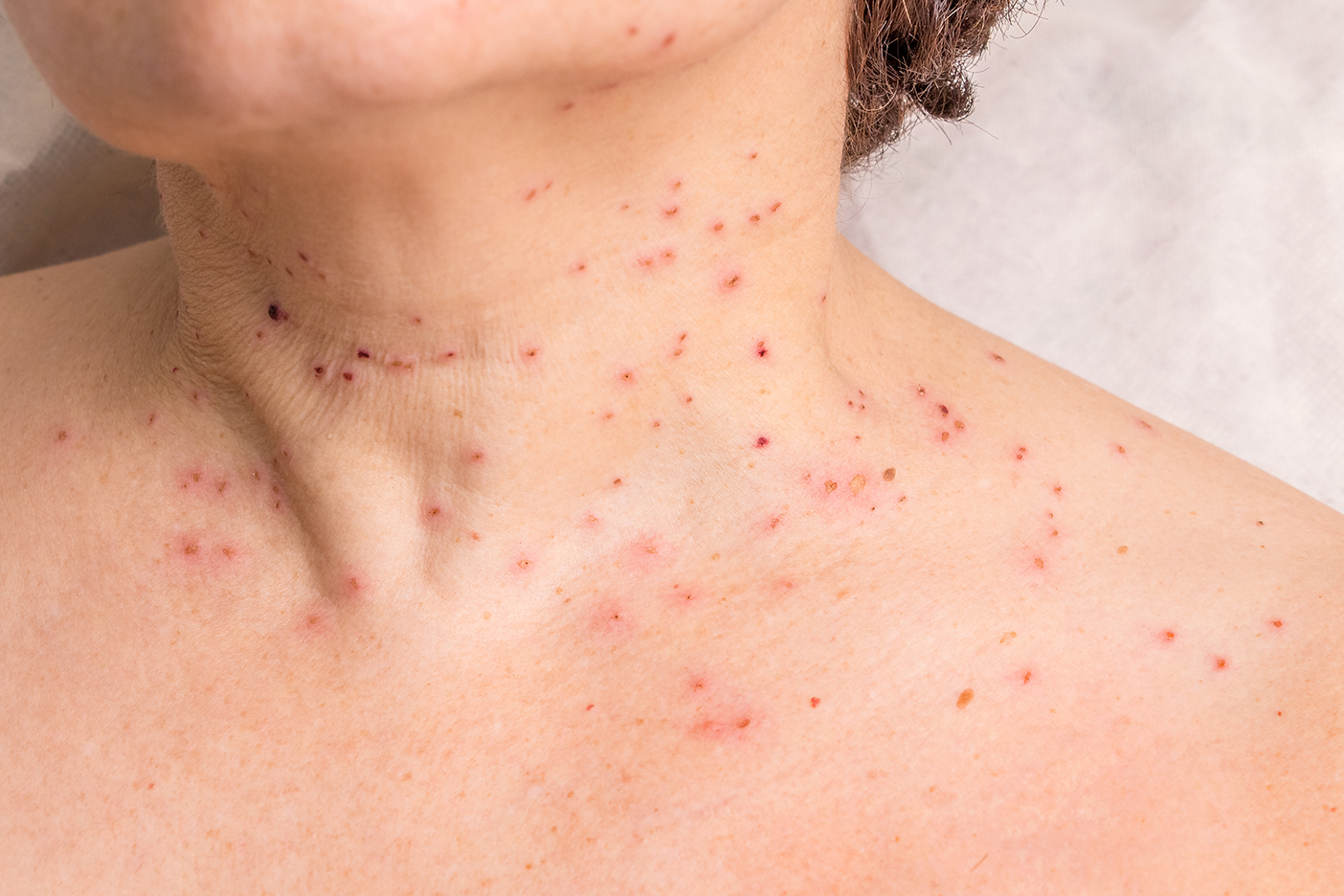
What is rosacea disease?
Pityriasisrosea is relatively common, and it comes in the form of a benign rash. It was first described in 1860, and it is not associated with any other disease, and it is more common among people between the ages of 10 and 35 years. We show you in this blog all what you need to know about pityriasisrosea disease, its symptoms, causes and methods of treatment.
What is rosacea disease?
It is a rash that usually appears on the body, arms, thighs, or neck, and it may look worse than it really is. Pink pity begins with a single patch on your back or body, and it is called "Herald Patch" or "Mother's Patch", and it is usually oval and has a diameter of 2 to 10 cm, and you may find it slightly raised from the rest of the skin or rough to the touch. Sometimes, it is accompanied by a headache, fever, or sore throat, and after a week or two of the appearance of the initial spot, small spots join it, which is a smaller scaly rash that forms on your chest or back, in some cases, it may itch, especially when exercise or exposure to heat.
Causes of rosacea disease:
The exact causes of pityriasisrosea are still unknown, and there are some important points associated with this disease: Doctors think it is a condition associated with a viral infection, especially some forms of viral herpes.
• This disease generally affects children, teenagers, and adults in their twenties, although it can appear in people of any age.
• It may affect the pregnant woman and carries a great risk for her and the fetus. Pityriasis rosea is not contagious, so people with this rash cannot pass it on to others.
• Does not leave scars after healing for most people.
• Certain medications may also be the cause.
Treatment for bran rosea:
A dermatologist can diagnose pityriasis rosea usually by looking only, but to make sure that it is a case of rosacea, he may request a blood test, biopsy, or scraping. Usually, rosacea goes away within 8 to 10 weeks in most cases, there is no need for treatment, Unless the itching is bothering you, and in severe cases, the patient can be given a simple dose of cortisone (Cortisone) by mouth. To help overcome and treat the itch, your doctor may recommend the following:
• Over-the-counter topical medications, such as calamine lotion or zinc oxide. Antihistamines for allergies, which in some forms treat rashes and itching, take lukewarm showers or soak in oatmeal baths.
• Taking sometimes prescribed medications such as corticosteroids, which reduce itching and swelling, or Acyclovir, which is an antiviral and combats herpes.
• Get some natural or artificial sunlight. UV rays are believed to reduce the duration of the rash. However, the light does carry a risk such as leaving traces of dark spots. In most cases, rosacea is harmless and does not return after its recovery, if your condition persists for more than 3 months, then consult your doctor, and you may have another condition or allergy with any medication, and we remind you that a pregnant woman has a higher chance of serious complications from this condition, If you are pregnant and develop rosacea, see your doctor immediately. One study shows that the majority of women who developed a rash from bran roseola in the first 15 weeks of pregnancy had a miscarriage.
